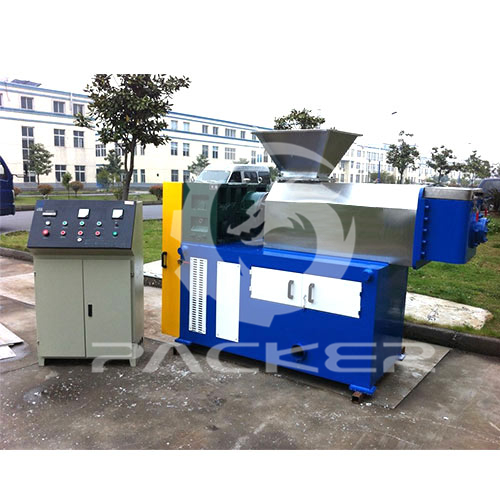A plastic dryer, also known as a plastic resin dryer or simply resin dryer, is a machine used in the plastics industry to remove moisture from plastic resin pellets before they are processed in injection molding, extrusion, or blow molding machines. Moisture can adversely affect the quality of the final plastic product, causing defects such as bubbles, surface imperfections, or reduced mechanical properties.
Plastic resin pellets are loaded into the hopper of the dryer either manually or automatically.

The pellets are then conveyed from the hopper into a drying chamber. Inside the drying chamber, hot air is circulated around the pellets. This hot air absorbs moisture from the pellets.
Some dryers use a dehumidification process, where the air inside the drying chamber is cooled, causing the moisture to condense out of the air. This dehumidified air is then reheated and circulated back into the drying chamber.
The temperature and airflow inside the drying chamber are carefully controlled to ensure efficient drying without damaging the plastic pellets. Typically, temperatures range from around 120°C to 180°C (250°F to 350°F).
Modern plastic dryers often include sensors and monitoring systems to continuously measure the moisture content of the pellets and adjust the drying parameters accordingly.
Once the pellets have reached the desired moisture level, they are cooled down before being discharged from the dryer. This cooling process helps prevent the pellets from reabsorbing moisture from the surrounding air.
Some dryers may include additional features such as automatic loading and unloading systems, integrated conveying systems to transport pellets between machines, and programmable controls for precise drying profiles.
Overall, plastic dryers play a critical role in ensuring the quality and consistency of plastic products by effectively removing moisture from the raw plastic material before processing.
